
A federal judge on Wednesday delivered a landmark decision against the Trump administration, ruling that it unlawfully blocked more than $2 billion in federal research funding allocated to Harvard University. The comprehensive 84-page order by U.S. District Judge Allison Burroughs marked a significant legal victory for the Ivy League institution, which had been uniquely targeted by the administration for its refusal to accede to a list of demands.
This ruling comes amidst a protracted and often contentious battle between the White House and academic institutions, with Harvard emerging as the epicenter of a broader conflict encompassing issues of academic freedom, federal spending, and campus oversight. The administration had publicly justified its actions by citing concerns over antisemitism on campus, an assertion the court meticulously scrutinized and ultimately rejected.
Judge Burroughs’ decision not only restores critical funding for decades of research but also issues a forceful rebuke of what she characterized as a politically motivated attack on higher education. The ruling has immediate implications for Harvard’s financial stability and its ongoing research endeavors, while simultaneously setting the stage for an almost certain appeal from the Trump administration, prolonging the legal and ideological skirmish.

1. **Judge Allison Burroughs’ Landmark Ruling**U.S. District Judge Allison Burroughs issued an 84-page order on Wednesday that definitively halted the Trump administration’s attempt to cut approximately $2.2 billion in research funding for Harvard University. This sweeping decision vacated and set aside all funding freezes and termination letters issued to Harvard on or after April 14, 2025, effectively unfreezing the substantial federal grants.
U.S. District Judge Allison Burroughs issued an 84-page order on Wednesday that definitively halted the Trump administration’s attempt to cut approximately $2.2 billion in research funding for Harvard University. This sweeping decision vacated and set aside all funding freezes and termination letters issued to Harvard on or after April 14, 2025, effectively unfreezing the substantial federal grants.
The judge’s order served as a direct challenge to the administration’s stated rationale for its actions. It meticulously detailed how the government’s approach had violated Harvard’s First Amendment rights and federal statutes, including the Administrative Procedure Act (APA) and Title VI, which prohibits discrimination based on race, color, or national origin. The ruling underscored the judiciary’s role in safeguarding academic freedom and ensuring that vital research is not improperly subjected to arbitrary actions.
Burroughs wrote that the administration’s actions “have jeopardized decades of research and the welfare of all those who could stand to benefit from that research, as well as reflect a disregard for the rights protected by the Constitution and federal statutes.” This statement encapsulated the profound impact of the funding freeze, extending far beyond the university itself to the broader public good that federally funded research aims to serve.

2. **The ‘Antisemitism as a Smokescreen’ Finding**Central to Judge Burroughs’ ruling was her stark conclusion that the Trump administration “used antisemitism as a smokescreen” to unlawfully block billions in research funding. This finding directly refuted the government’s public claims and exposed what the court perceived as a calculated misrepresentation of motives.
Central to Judge Burroughs’ ruling was her stark conclusion that the Trump administration “used antisemitism as a smokescreen” to unlawfully block billions in research funding. This finding directly refuted the government’s public claims and exposed what the court perceived as a calculated misrepresentation of motives.
“A review of the administrative record makes it difficult to conclude anything other than that defendants used antisemitism as a smokescreen for a targeted, ideologically-motivated assault on this country’s premier universities,” Burroughs explicitly stated in her written opinion. This powerful assertion formed the bedrock of her judgment, characterizing the administration’s actions as a pretext for a deeper, political agenda rather than a genuine effort to combat discrimination.
The judge further elaborated on the disconnect between the administration’s purported concern and its actual measures. She noted that the Trump administration’s demands on admissions, governance, and staffing had little relationship with antisemitism, thereby undercutting the government’s claims. This critical distinction highlighted the court’s view that the administration’s true aim was not fighting antisemitism but rather imposing a governmental orthodoxy on academic institutions.

3. **Jeopardized Research and its Societal Impact**The court’s ruling not only addressed the legal impropriety of the funding freeze but also cast a spotlight on the tangible harm inflicted upon ongoing research projects designed to benefit society. Judge Burroughs pointed to several specific initiatives impacted by the administration’s cuts, illustrating the wide-ranging consequences of withholding federal funds.
The court’s ruling not only addressed the legal impropriety of the funding freeze but also cast a spotlight on the tangible harm inflicted upon ongoing research projects designed to benefit society. Judge Burroughs pointed to several specific initiatives impacted by the administration’s cuts, illustrating the wide-ranging consequences of withholding federal funds.
These projects included efforts to create a predictive model for emergency room physicians at the Department of Veterans Affairs to determine whether suicidal veterans should be hospitalized, critical research into Lou Gehrig’s Disease, and the development of a specialized chip to measure NASA astronauts’ radiation exposure during an upcoming moon excursion. Furthermore, support for a government program focused on emerging biological threats was also among the affected initiatives.
Judge Burroughs emphasized the lack of a logical connection between these vital scientific and public health endeavors and the administration’s stated concerns. “There is no obvious link between the affected projects and antisemitism,” the judge asserted, highlighting the arbitrary nature of the funding terminations. She further observed that the freezes were implemented without investigating whether specific research labs “were engaging in antisemitic behavior, were employing Jews, were run by Jewish scientists, or were investigating issues or diseases particularly pertinent to Jews,” raising concerns that the very people the defendants claimed to protect could be harmed.
Read more about: Who’s to Blame? The Impossible Ethical Dilemmas of Self-Driving Cars

4. **Upholding First Amendment Rights and Academic Freedom**A cornerstone of Judge Burroughs’ decision was the affirmation of Harvard University’s First Amendment rights. The court found that the Trump administration’s actions constituted retaliation against Harvard for the exercise of its constitutional right to free speech, a fundamental principle underpinning academic freedom in the United States.
A cornerstone of Judge Burroughs’ decision was the affirmation of Harvard University’s First Amendment rights. The court found that the Trump administration’s actions constituted retaliation against Harvard for the exercise of its constitutional right to free speech, a fundamental principle underpinning academic freedom in the United States.
Burroughs made it explicitly clear in her opinion that while combating antisemitism is an important goal, it “cannot be accomplished on the back of the First Amendment.” This statement underscored the delicate balance between addressing hateful behavior and preserving the constitutional protections afforded to universities. The judge emphasized that the pursuit of one goal should not necessitate the sacrifice of the other.
Moreover, the ruling underscored the judiciary’s responsibility to protect academic independence. Burroughs wrote, “Now it is the job of the courts to similarly step up, to act to safeguard academic freedom and freedom of speech as required by the Constitution, and to ensure that important research is not improperly subjected to arbitrary and procedurally infirm grant terminations, even if doing so risks the wrath of a government committed to its agenda no matter the cost.” This powerful declaration highlighted the court’s commitment to upholding constitutional principles in the face of governmental pressure.
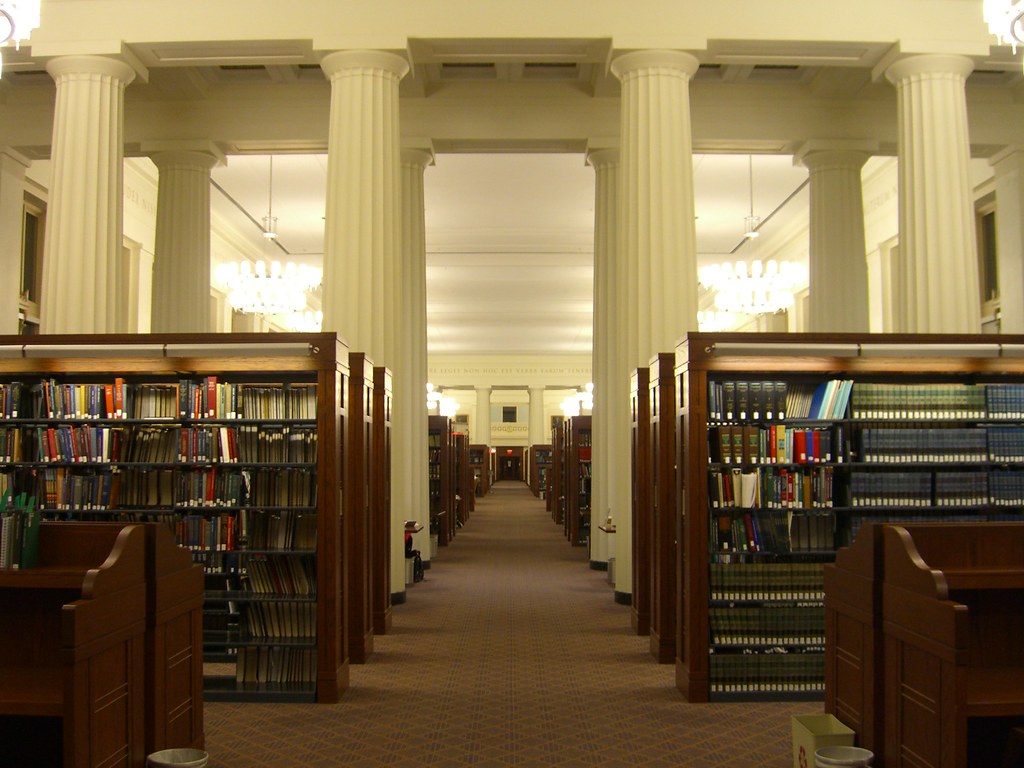
5. **Harvard’s Acknowledged Failure to Combat Antisemitism**While largely siding with Harvard, Judge Burroughs’ opinion was not without criticism of the university itself. In a balanced assessment, she acknowledged that Harvard has been “plagued by antisemitism in recent years and could (and should) have done a better job of dealing with the issue.” This aspect of the ruling underscored a nuanced understanding of the complex challenges faced by higher education institutions.
While largely siding with Harvard, Judge Burroughs’ opinion was not without criticism of the university itself. In a balanced assessment, she acknowledged that Harvard has been “plagued by antisemitism in recent years and could (and should) have done a better job of dealing with the issue.” This aspect of the ruling underscored a nuanced understanding of the complex challenges faced by higher education institutions.
The judge’s assessment acknowledged the difficult environment on campus, particularly following events such as the October 7, 2023, Hamas attack on Israel and Israel’s subsequent war in Gaza, which Harvard acknowledged led to “vicious and reprehensible” treatment for Jewish and Israeli students. Burroughs recognized the legitimacy of concerns about antisemitic behavior and the necessity for universities to address such issues proactively and effectively.
Her statement, “Harvard was wrong to tolerate hateful behavior for as long as it did,” served as a clear directive to the university to intensify its efforts in creating a welcoming and safe environment for all students. This dual finding — upholding Harvard’s rights while also admonishing its past shortcomings — presented a comprehensive view of the situation, demonstrating the court’s commitment to both constitutional principles and the imperative of combating discrimination.
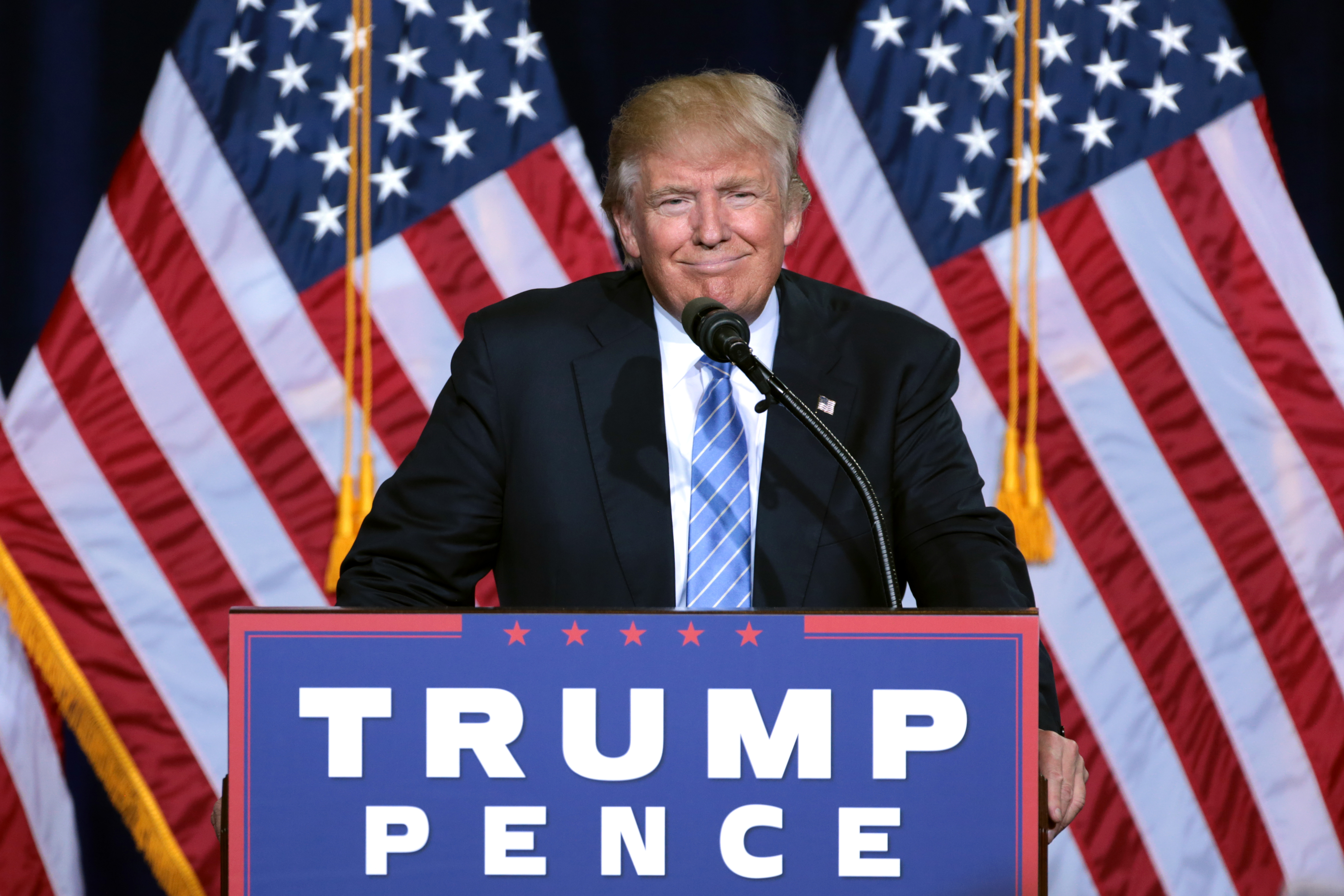
6. **The Trump Administration’s Persistent Ideological Campaign**The judge’s ruling characterized the administration’s actions against Harvard not as an isolated incident, but as part of a broader, ideologically driven campaign. Burroughs specifically labeled the administration’s conduct as a “government-initiated onslaught” against the school. This framing suggested a concerted effort to impose a particular viewpoint on academic institutions, rather than addressing specific instances of misconduct fairly.
The judge’s ruling characterized the administration’s actions against Harvard not as an isolated incident, but as part of a broader, ideologically driven campaign. Burroughs specifically labeled the administration’s conduct as a “government-initiated onslaught” against the school. This framing suggested a concerted effort to impose a particular viewpoint on academic institutions, rather than addressing specific instances of misconduct fairly.
Burroughs wrote that the administration’s actions were “much more about promoting a governmental orthodoxy in violation of the First Amendment than about anything else, including fighting antisemitism.” This finding provided critical insight into the perceived underlying motivations, suggesting that the dispute was less about specific allegations of antisemitism and more about control over academic programs, hiring practices, and the ideological leanings of major universities.
This perspective aligns with the broader narrative of the Trump administration’s approach to higher education, which has often been critical of what it perceives as “radical left” ideologies on campuses. The judge’s language emphasized the retaliatory nature of the funding freezes, asserting that the government sought to punish Harvard for refusing to align with its ideological agenda rather than for any demonstrable failure to combat antisemitism in a manner violating federal law.
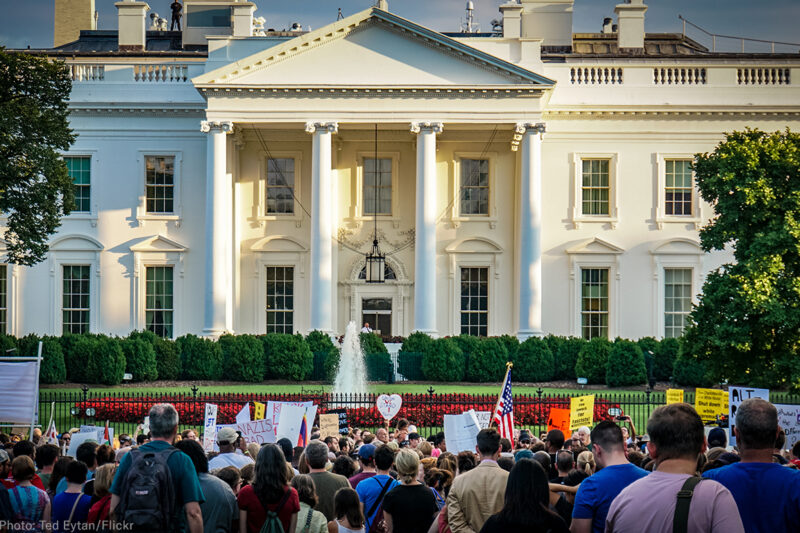
7. **White House Response and Immediate Appeal**The Trump administration swiftly responded to Judge Burroughs’ ruling with defiance and an immediate vow to appeal. White House spokesperson Liz Huston issued a statement denouncing the decision and reiterating the administration’s commitment to its stance against Harvard.
The Trump administration swiftly responded to Judge Burroughs’ ruling with defiance and an immediate vow to appeal. White House spokesperson Liz Huston issued a statement denouncing the decision and reiterating the administration’s commitment to its stance against Harvard.
Huston’s statement characterized the judge’s decision as predictable and biased: “This activist Obama-appointed judge was always going to rule in Harvard’s favor, regardless of the facts.” This comment not only attacked the impartiality of the court but also sought to undermine the legitimacy of the ruling through a political lens, suggesting that the outcome was predetermined by the judge’s political affiliation rather than legal merit.
Furthermore, the White House maintained its position that Harvard had failed to protect its students: “To any fair-minded observer, it is clear that Harvard University failed to protect their students from harassment and allowed discrimination to plague their campus for years.” Huston also asserted a contentious legal argument, stating that “Harvard does not have a constitutional right to taxpayer dollars and remains ineligible for grants in the future.” This firm rejection of the court’s findings signals a protracted legal battle ahead, as the administration prepares to escalate its fight against the elite academic institution.”
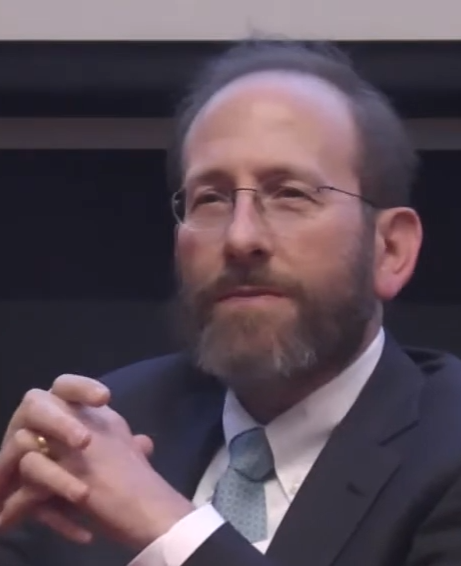
8. **President Garber’s Measured Response to the Ruling**Following the significant legal victory, Harvard University President Alan Garber issued a statement to the university community, acknowledging the importance of Judge Burroughs’ ruling while also exhibiting a degree of caution regarding future developments. Garber stated that the decision “validates our arguments in defense of the University’s academic freedom, critical scientific research, and the core principles of American higher education.” This initial affirmation underscored the university’s relief and its belief in the constitutional principles that the court upheld.
Following the significant legal victory, Harvard University President Alan Garber issued a statement to the university community, acknowledging the importance of Judge Burroughs’ ruling while also exhibiting a degree of caution regarding future developments. Garber stated that the decision “validates our arguments in defense of the University’s academic freedom, critical scientific research, and the core principles of American higher education.” This initial affirmation underscored the university’s relief and its belief in the constitutional principles that the court upheld.
However, President Garber’s message was not solely triumphant; it also conveyed a sense of ongoing vigilance. He emphasized that the university would “continue to assess the implications of the opinion, monitor further legal developments, and be mindful of the changing landscape in which we seek to fulfill our mission.” This measured tone reflected an understanding that the legal battle was likely far from over, given the Trump administration’s immediate vow to appeal the decision.
Garber concluded his address by reaffirming the university’s foundational commitments, stating, “We will continue to champion open inquiry and the free exchange of ideas, and to build a community in which all can thrive.” He expressed eagerness to work with the community to pursue excellence in teaching, learning, and research, indicating a forward-looking approach despite the ongoing legal uncertainties.
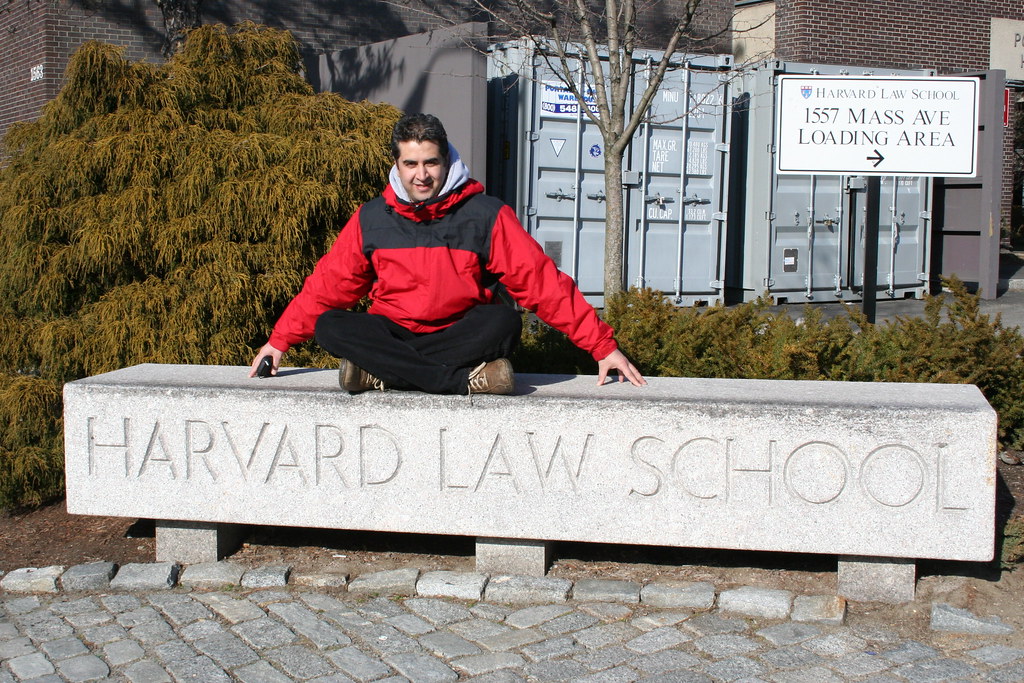
9. **The Administration’s Non-Compliance with Title VI Procedures**A critical aspect of Judge Burroughs’ ruling was its finding that the Trump administration failed to adhere to the procedural requirements of Title VI, a federal statute prohibiting discrimination based on race, color, or national origin. The court explicitly noted that the government’s approach violated federal statutes, including Title VI, thereby undermining the legal basis of the funding freezes and terminations. This procedural misstep was central to the judge’s determination of unlawful action.
Burroughs meticulously detailed how the administration’s actions ran afoul of established federal law. She explicitly stated that “a review of the administrative record makes it difficult to conclude anything other than that Defendants used antisemitism as a smokescreen for a targeted, ideologically-motivated assault on this country’s premier universities, and did so in a way that runs afoul of the APA, the First Amendment and Title VI.” This comprehensive condemnation highlighted the administration’s disregard for legal protocols.
Crucially, the judge pointed out the absence of any specific evidence or proper procedure in the administration’s termination letters. None of the letters sent to Harvard “identified any specific instance of antisemitism on Harvard’s campus, specified how Harvard failed to respond to any such acts of antisemitism in a way that violated Title VI, or reflected any effort to follow the Title VI procedural requirements that govern the termination of federal funding.” This lack of substantiation further exposed the administration’s failure to build a legally sound case.
The court’s analysis revealed that the administration had not undertaken any genuine review of antisemitism on campus to justify its actions. Burroughs observed that the defendants “didn’t engage in any review of antisemitism on campus or consider if and how terminating certain grants would improve the situation for Jewish students at Harvard.” This finding underscored that the federal funding cuts were not based on a diligent investigation or adherence to the very anti-discrimination laws the administration claimed to uphold.

In the unfolding narrative of higher education and federal governance, Judge Burroughs’ decision stands as a testament to the enduring power of the courts to protect fundamental freedoms. It signals to all universities that while accountability is essential, it must be pursued within the bounds of law and without infringing upon the constitutional rights that underpin the very pursuit of knowledge. As this legal saga progresses, its outcome will shape the relationship between government and academia for years to come, influencing how institutions navigate political pressures and uphold their missions in an increasingly scrutinized environment.



